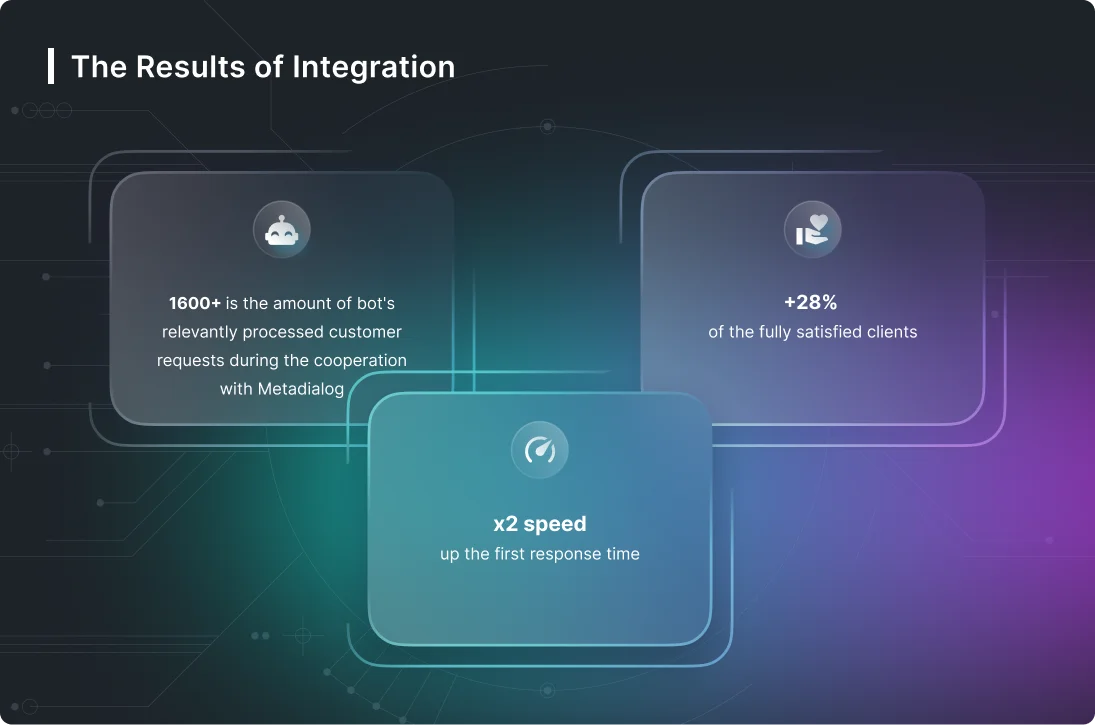Six challenges in NLP and NLU and how boost ai solves them
The 10 Biggest Issues Facing Natural Language Processing
Reasoning with large contexts is closely related to NLU and requires scaling up our current systems dramatically, until they can read entire books and movie scripts. A key question here—that we did not have time to discuss during the session—is whether we need better models or just train on more data. Innate biases vs. learning from scratch A key question is what biases and structure should we build explicitly into our models to get closer to NLU.
The earliest NLP applications were hand-coded, rules-based systems that could perform certain NLP tasks, but couldn’t easily scale to accommodate a seemingly endless stream of exceptions or the increasing volumes of text and voice data. The Python programing language provides a wide range of tools and libraries for attacking specific NLP tasks. Many of these are found in the Natural Language Toolkit, or NLTK, an open source collection of libraries, programs, and education resources for building NLP programs. Social media monitoring tools can use NLP techniques to extract mentions of a brand, product, or service from social media posts.
1 A walkthrough of recent developments in NLP
NLP can be classified into two parts i.e., Natural Language Understanding and Natural Language Generation which evolves the task to understand and generate the text. The objective of this section is to discuss the Natural Language Understanding (Linguistic) (NLU) and the Natural Language Generation (NLG). During your sessions, you can introduce NLP techniques such as reframing and anchoring to facilitate positive change. Reframing allows clients to shift their perspective and view a situation from a different angle, enabling them to find new solutions and possibilities. Anchoring, on the other hand, helps clients link specific emotional states or resources to a physical or auditory stimulus, allowing them to access those states whenever needed.

From this project, you can also learn about web scraping, because you will need to extract text from research papers in order to feed it to your model for training. In 2014, sequence-to-sequence models were developed and achieved a significant improvement in difficult tasks, such as machine translation and automatic summarization. It also includes libraries for implementing capabilities such as semantic reasoning, the ability to reach logical conclusions based on facts extracted from text. One of the biggest challenges with natural processing language is inaccurate training data.
Why is natural language processing important?
Even though the second response is very limited, it’s still able to remember the previous input and understands that the customer is probably interested in purchasing a boat and provides relevant information on boat loans. How much nlp problem can it actually understand what a difficult user says, and what can be done to keep the conversation going? These are some of the questions every company should ask before deciding on how to automate customer interactions.
- The question of specialized tools also depends on the NLP task that is being tackled.
- In the realm of Neuro-linguistic Programming (NLP), various techniques can be employed to address and overcome obstacles in problem-solving.
- AI machine learning NLP applications have been largely built for the most common, widely used languages.
- You need to monitor the performance of your model on various metrics, such as accuracy, precision, recall, F1-score, and perplexity.
- Every paper, together with evaluation on held-out test sets, should evaluate on a novel distribution or on a novel task because our goal is to solve tasks, not datasets.
For more information on NLP techniques and their applications, check out our article on nlp techniques. By incorporating reframing techniques into problem-solving approaches, individuals can overcome mental barriers, expand their thinking, and unleash their creative problem-solving potential. Understanding and applying these techniques can be particularly beneficial for coaches, therapists, and other mental health professionals in assisting their clients in finding effective solutions. So, if you want to work in this field, you’re going to need a lot of practice. With well-known frameworks like PyTorch and TensorFlow, you just launch a Python notebook and you can be working on state-of-the-art deep learning models within minutes. Although there are doubts, natural language processing is making significant strides in the medical imaging field.

